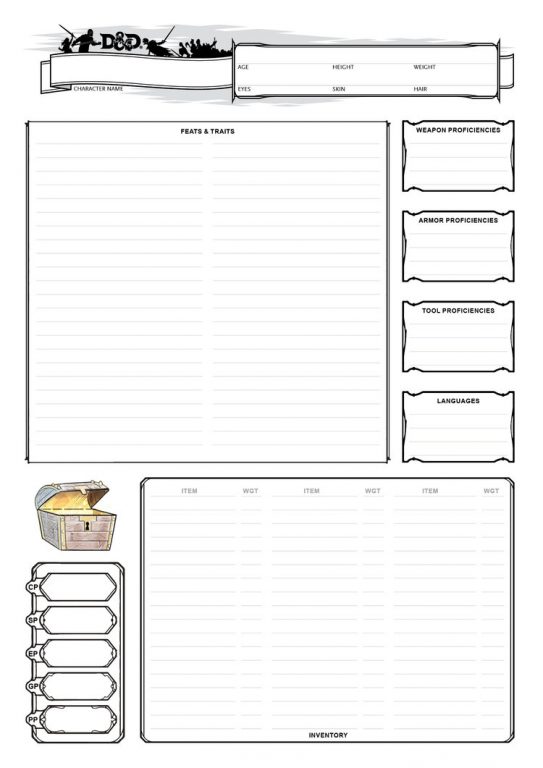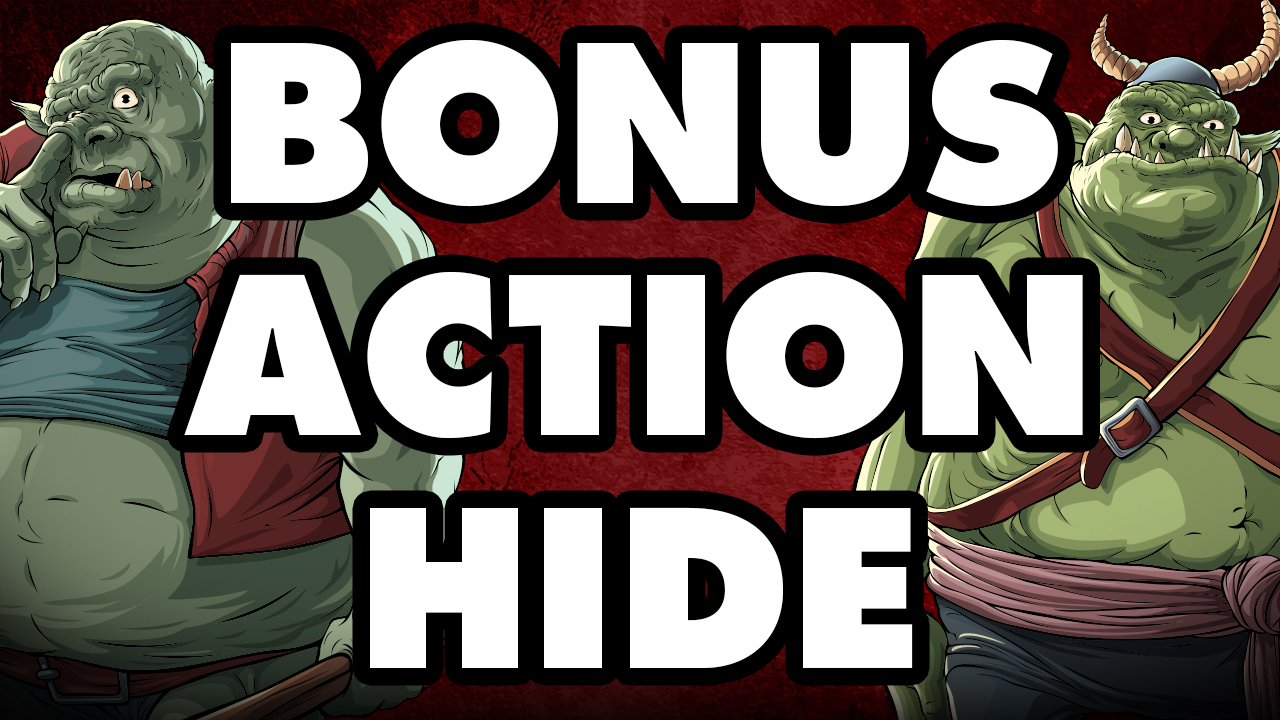Character sheet design
Character sheets have been an integral part of Earth life since the dawn of time. You were born clutching a character sheet with your weird baby monkey strength, and when nature’s finally had enough of your nonsense, your next of kin will tear that sheet in half before rolling up an elf to honour your memory. “He would have wanted it this way,” they’ll say.
The official sheets
Fifth edition D&D sheets look damn good. Every section is individually illustrated — just look at the copper pieces box compared to the platinum pieces box. I love how it looks, but I don’t like how it functions.
There’s just not enough space! My characters never colour within the lines. I’m either tracking hit points in the margins or cramming class abilities into the Kowloon Walled City. Here’s an example of how I had to repurpose space on the official sheets:

The drafting process
Like every project, I decided to make custom character sheets to learn a new skill. In this case, I wanted to practise illustration. I started by tracing individual sections of the official sheets and just playing around with their sizes and positions. The official sheets work on a three column page, but I worked out pretty quickly how to save space using a four column page.
When I got serious, I focused on what I could cut from the official sheets. I dropped most things from the official sheets’ second page, all the roleplaying information — backstory, descriptions, faction information — stuff that could all be covered in a separate write-up about your character. This freed up a whole lot of real estate.
Next, I needed to make sure every section had enough space to be useful. The function I chased was to keep everything you need in combat or need to refer to frequently on the front page, relegating everything else to the second page. By moving equipment, feats & traits, bonds and the rest to the second page, I was able to give each huge page allocations so you can actually fit a high-level character’s information.
My priorities changed a few times though. For a while, I thought the bonds section was just roleplaying fluff, but a guy on Reddit pointed out the bonds section is something unique to D&D 5e that sets it apart from other games. I decided to keep the bonds section to preserve the game. I also flip-flopped on whether to include character portraits or not — in the end it just takes up too much space, although I do love having a character portrait.
One thing I only added because of user request was the spell sheets — pages three and four. I didn’t want to make a spell section because the official sheets already do a fine job there. I still think my spell section is a less-stylish knockoff compared to the official sheets, but its inclusion rounds off the character sheets into a more complete, functional document.










Final product
The latest version is almost perfect for my purposes. The only thing we’re missing is a special little section for DM inspiration. Overall, here are the difference between the official sheets and my current version:
- Added expertise buttons for skills
- Added stealth disadvantage button
- Added physical limits sections for jumping, drowning, starving and other fun things
- Added exhaustion tracker
- Added passive insight
- Added resistances tracker
- Added alternate armour section for things like mage armour or shields
- Added attacks-per-turn section
- Added spell slot tracker
- Expanded hit dice section
- Expanded weapon information
- Expanded hit points section
- Expanded and moved equipment
- Expanded and moved feats & traits
- Expanded and moved armour, weapon, language and tool prophecies
- Moved flaws, bonds, traits and ideals
- Removed character descriptions
- Removed backstory
- Removed character portrait
- Removed faction information
You can download the current version of my character sheets on DriveThruRPG.


